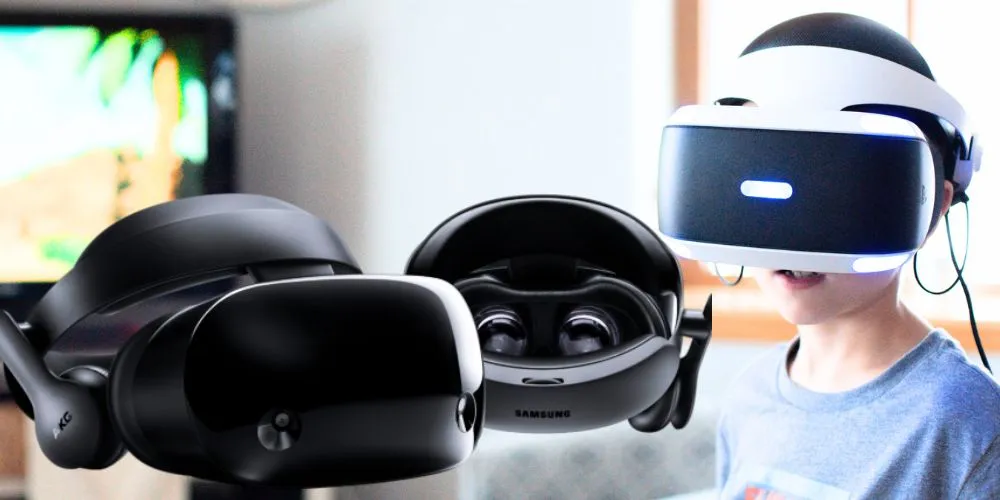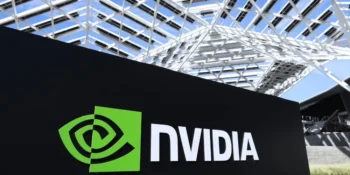Key Points:
- Apple’s debut of the Apple Vision Pro Augmented Reality headset receives mixed reviews, with some users returning the device due to various concerns.
- Samsung Electronics is expected to enter the XR market soon, leveraging its partnership with Google and Qualcomm.
- Companies like Sony, Siemens, Huawei, and LG Electronics are also developing their XR headsets to capitalize on the growing market demand.
- Industry experts emphasize the importance of addressing user comfort and content availability to drive the adoption of AR and VR devices.
Less than a month after Apple unveiled its highly anticipated augmented reality headset, the Apple Vision Pro, competitors are eager to venture into the burgeoning Augmented Reality (AR) segment despite the mixed reception received by Apple’s offering.
While the Apple Vision Pro dazzled with its innovative features, such as floating computer screens and intuitive controls, some users have reportedly returned the $3,500 device due to concerns over its weight, lack of compelling applications, low screen resolution, slow interface speed, and physical side effects like eye strain and headaches.
As Apple grapples with the limitations of its first-generation AR device, industry watchers are keen to see when other tech giants will enter the virtual reality market.
Samsung, in collaboration with Google and Qualcomm, has been working on building an extended reality ecosystem. Qualcomm recently launched the Snapdragon XR2 Gen 2 processor, powering next-generation XR devices, with Samsung poised to unveil its own XR headset leveraging this cutting-edge technology.
Samsung has dedicated a task force to XR development, recruiting around 100 key members across various divisions. Meanwhile, Apple is speculated to launch a second-generation Apple Vision Pro model in approximately 18 months.
Other players in the XR space include Sony and Siemens, who are jointly developing a spatial VR headset for industrial applications, slated for release later this year. Huawei is reportedly working on an XR headset named “Vision,” priced at around $2,100, while LG Electronics has established a team focused on XR technology under its TV business.
Industry experts emphasize the importance of addressing user comfort issues and securing practical content for AR and VR headsets to succeed in the market. With the XR market poised for rapid growth, manufacturers are vying to capture market share by offering compelling hardware and content experiences.










